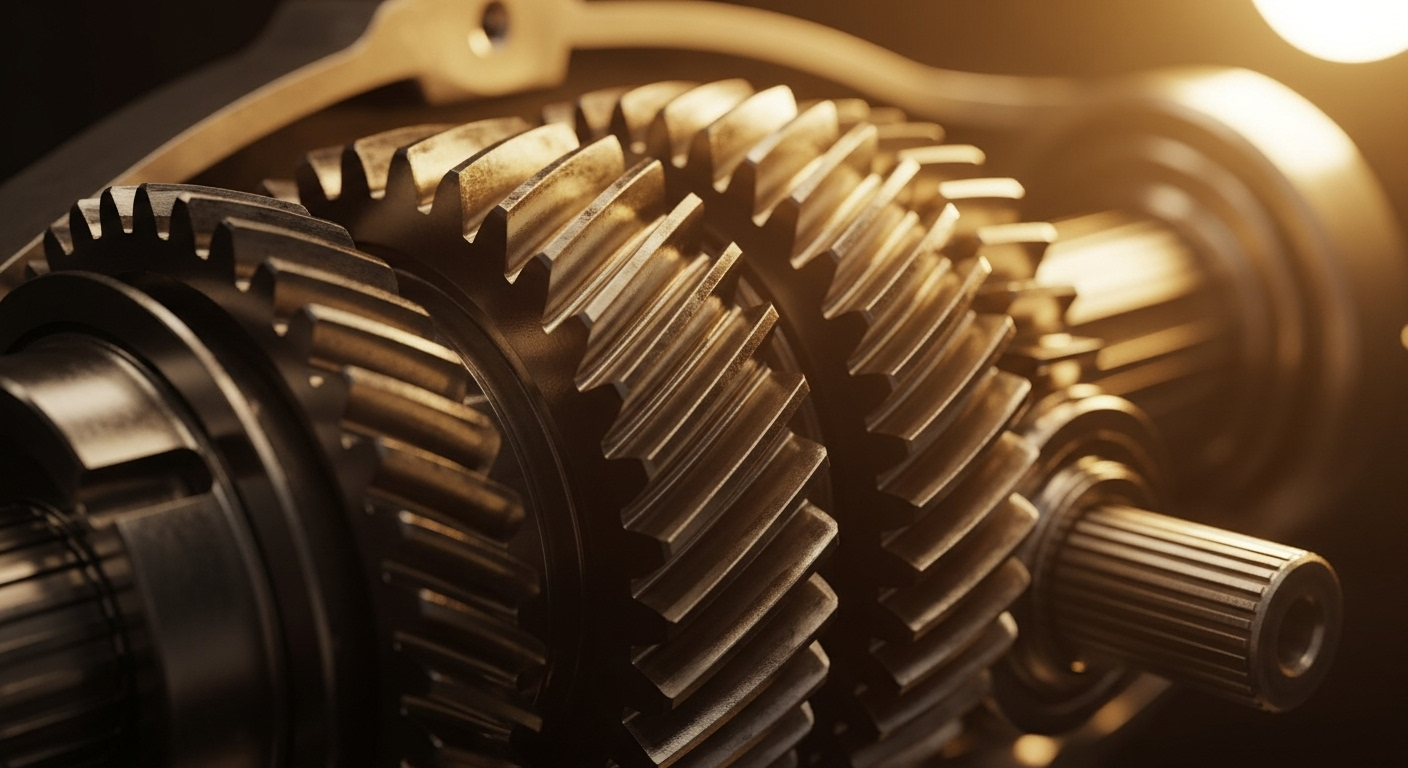The Intricate World of Gear Ratios: Shaping the Driving Experience
In the intricate world of automotive engineering, one component often overlooked is the humble gear ratio, a simple yet profoundly influential aspect of a vehicle's design. It plays a crucial role in shaping a car's performance and driving experience. Let's delve into the nuanced world of gear ratios and their impact on the modern automotive landscape.

A Glimpse into the Past: The Emergence of Gear Ratios
Gear ratios, essentially the relationship between the gears in a vehicle’s transmission, have been instrumental since the dawn of the automobile era. The earliest cars, with their rudimentary engines and transmissions, needed a way to efficiently convert engine power into wheel motion. The solution lay in gear ratios.
Back in the days when vehicles were still a novelty, the concept of gear ratios was relatively simple. Cars typically had only two or three gears, each with a fixed ratio that controlled how many times the engine’s crankshaft rotated for every rotation of the wheels. Over time, as cars became faster and more complex, the need for a wider range of gear ratios became evident.
Present Day: The Evolution and Importance of Gear Ratios
Today, modern cars can have anywhere from four to ten gears, each with a different ratio, providing drivers with a wide range of speeds and performance characteristics. The ratio is adjusted by changing the size of the gears in the transmission, allowing manufacturers to fine-tune a vehicle’s performance according to its intended use.
Gear ratios have a significant impact on performance, fuel efficiency, and drivability. A lower gear ratio provides more torque to the wheels, which can help in situations requiring rapid acceleration or climbing steep hills. Conversely, a higher gear ratio reduces engine speed at highway speeds, enhancing fuel efficiency and reducing engine wear.
The Impact and Advantages of Gear Ratios
Gear ratios are a crucial factor in defining a car’s personality. Sports cars, for example, often have close-ratio gearboxes with small gaps between gear ratios to keep the engine in its optimal power band. On the other hand, luxury cars prioritize smoothness and quiet operation, utilizing wider gear ratios and more gears to keep engine speeds low.
However, achieving the right balance of gear ratios can be a complex task. Engineers must consider multiple variables, including the vehicle’s intended use, target fuel efficiency, and the characteristics of the engine and drivetrain.
Challenges and Future Trends
Despite their significance, gear ratios are not without their challenges. The quest for improved fuel economy and performance is constantly pushing engineers to develop transmissions with more gears and more complex gear ratios.
The future of gear ratios is likely to be influenced by the advent of Continuously Variable Transmissions (CVTs). CVTs don’t have fixed gear ratios. Instead, they can vary their gear ratio infinitely within a certain range, promising smoother driving experiences and better fuel efficiency. However, they also come with their own set of challenges, such as durability and the lack of the traditional “gear shifting” feel that many drivers enjoy.
Wrapping Up: The Subtle Art of Gear Ratios
Gear ratios, while seemingly simple in concept, hold profound implications for a vehicle’s performance and character. They are a testament to the intricate balance of science, engineering, and artistry that goes into every aspect of car design. As the automotive industry continues to evolve, so too will the role and influence of gear ratios in shaping the cars of the future.
By understanding the significance of gear ratios, one can truly appreciate the complexity and sophistication that lies beneath the hood of every car, making each drive a unique and engaging experience.




